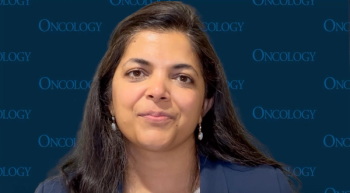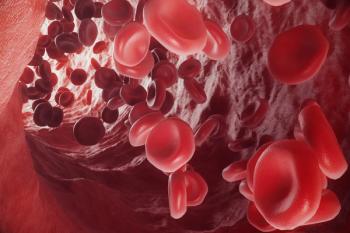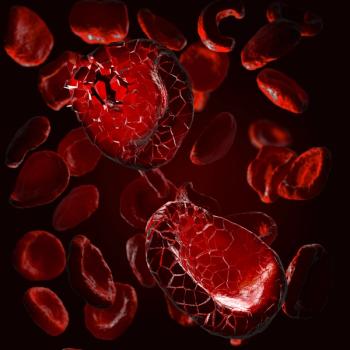
Rituximab Maintenance Therapy Can Improve Outcomes in Mantle Cell Lymphoma
Maintenance therapy with rituximab following autologous stem cell transplantation prolonged progression-free, event-free, and overall survival compared with observation in patients with mantle cell lymphoma, according to a new study.
Maintenance therapy with rituximab following autologous stem cell transplantation prolonged progression-free survival (PFS), event-free survival (EFS), and overall survival (OS) compared with observation in patients with mantle cell lymphoma, according to a new study.
Mantle cell lymphoma accounts for about 6% of all non-Hodgkin lymphomas among adult patients. “After treatment, most patients have a relapse, and the duration of response decreases with each successive salvage therapy,” wrote study authors led by Steven Le Gouill, MD, PhD, of the Université de Nantes in France.
All patients were first treated with immunochemotherapy induction, most with a regimen of rituximab, dexamethasone, cytarabine, and a platinum derivative. The overall response rate to induction therapy was 89%, and the complete response rate was 77%. Autologous stem cell transplantation was then performed in 257 patients, 240 of whom were then randomized.
Though it is not currently recommended following transplantation, previous evidence suggests that rituximab could extend responses in this malignancy. The 240 randomized patients were under the age of 66 years at diagnosis and underwent either rituximab maintenance therapy (375 mg/m2 every 2 months for 3 years after transplantation) or observation (120 patients in each group). The results were
The median follow-up was 54.4 months, and the median follow-up from randomization was 50.2 months. The median PFS, EFS, and OS were not reached in the study, but the 4-year rates were better with rituximab maintenance therapy. The 4-year rate of PFS was 83% with rituximab and 64% with observation, for a hazard ratio (HR) for progression, relapse, or death of 0.40 (95% CI, 0.23–0.68; P < .001).
For OS, the 4-year rate was 89% with rituximab and 80% without it, for an HR of 0.50 (95% CI, 0.26–0.99; P = .04). The 4-year EFS rate was 79% with maintenance therapy and 61% with observation, for an HR for disease progression, relapse, death, rituximab allergy, or severe infection of 0.46 (95% CI, 0.28–0.74; P = .002).
The most frequent grade 3/4 adverse event was neutropenia. Three rituximab patients died due to a second cancer, compared with one patient in the observation group. The authors noted that no late effects of rituximab have yet been reported. The major cause of death in both groups was lymphoma.
“These results show the efficacy of a cytarabine-based induction regimen free of anthracycline or alkylating agents in patients with this condition,” the authors wrote. It remains unclear whether rituximab maintenance therapy improves outcomes in patients treated with other induction regimens, they added.
Newsletter
Stay up to date on recent advances in the multidisciplinary approach to cancer.
















































































